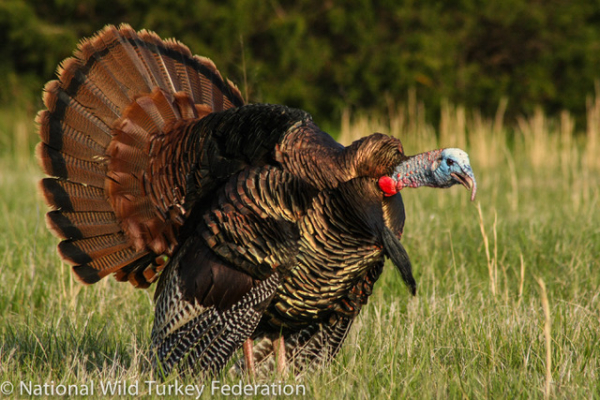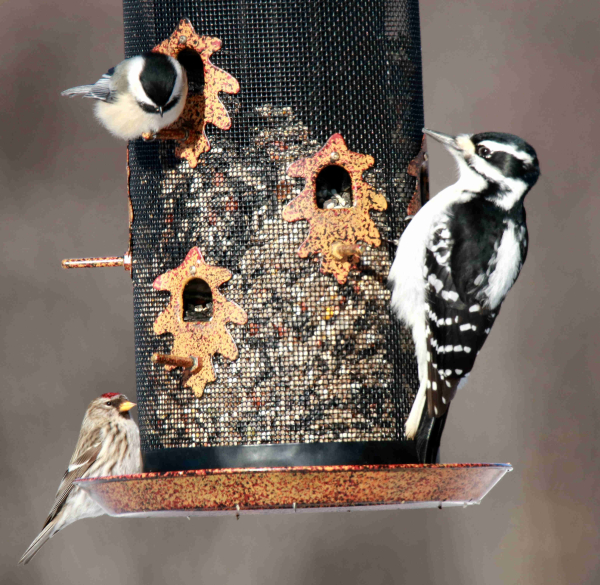Changing Wild Turkey Trends
By Glen Wunderlich
With a full month of Michigan’s turkey season remaining, many hunters look forward to the month of May to bag a bird. As temperatures begin moderating to the delight of outdoorsmen and women, who prefer the late season, the birds seem more in the mood to strut their stuff. Fruit trees have blossomed, perennial legume plots have greened up, and gangs of turkeys have established their territories and settled in to routines that a good scout can exploit.
Over the past four decades, hunting the big-game birds has gotten easier. First of all, birds are far more plentiful, even though the total populations have dropped somewhat from their modern-day pinnacles. If one considers that a mere 50 turkeys were killed by Michigan hunters in 1969 compared to today’s totals of some 35,000, there is no argument.
In addition, scouting has never been easier; trailcams have changed all that. My first wild game camera used film to capture the action, which necessitated not only purchasing film, but then returning to some facility to get it developed. I would even pay extra for the convenience of one-hour developing, so that I could see the images even faster. This was only 20 years ago!
I was so ahead of the curve – that is until digital cameras arrived on scene. Today, close-out models sporting 12 megapixels, infrared detection, movie modes and battery life of up to one year can all be had for about $100 – a far cry from the inferior film versions costing over three times as much.
Shoguns have been the tool of choice for most turkey hunters and special shells have also been engineered for turkeys, as well. Patterning a given load for uniformity was always a pain in the…shoulder, but until recently, most shotshells used old technology.
Now, we have Winchester’s Long Beard XR (extended range) ammo that lives up to its name. A proprietary concoction of buffering and shot that produce results on target surpassing anything imaginable in days gone by. As far as I’m concerned, there’s no need to experiment further.
Although I haven’t splurged for a dedicated turkey shogun (imagine that 30 years ago!), I have opted for an extra-full turkey choke for my scattergun and a red dot sight for precise aiming at all ethical ranges.
When it comes to advancements in equipment, no review would be complete without mentioning portable blinds – another convenience unheard of years ago. They not only have the advantage of shelter from the elements, but they make a hunter invisible to the sharp eyes of turkeys. Along with the advantage of being able to take a youngster along, they also provide a means to dodge the omnipresent existence of pestering black flies and mosquitoes so prevalent this wet spring.
Through all the technological advancements in hunting gear and techniques over the years, however, one aspect of the hunt remains the same: It is that moment when you know a gobbler is falling for your tricks, as it displays its tail feathers and struts toward its final destiny – the kitchen table.






